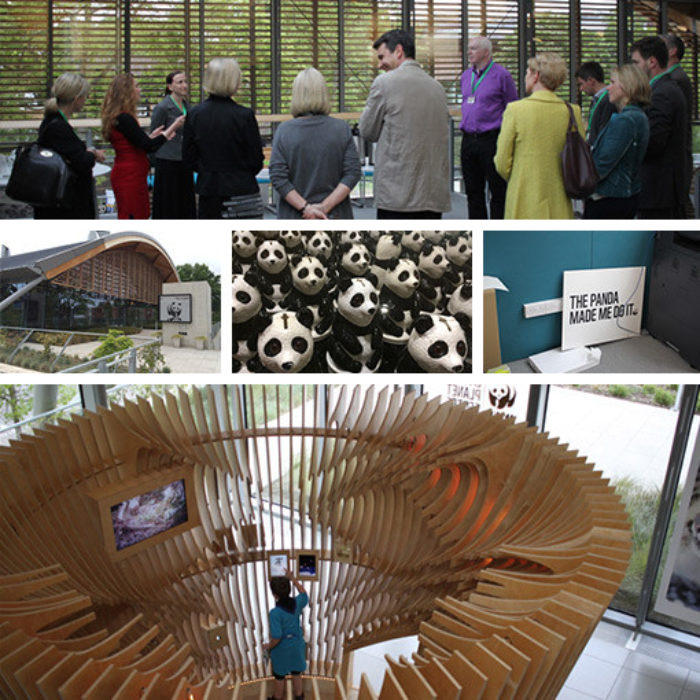The power of organisational narrative
We operate in an increasingly dynamic and unpredictable world, where organisations face greater external pressures than ever before. Markets are more dynamic, and margins are feeling the squeeze from stronger competition. Customers are more empowered and demanding, regulation is increasing, and many face challenges around sourcing both skills and resources. And the jury’s still out on what the short- and long-term market impacts will be of the double-whammy of Brexit and President Trump.
Most organisations are also feeling internal drivers for change from their employees – such as the need to feel a stronger connection with business purpose and direction, better learning and development opportunities, access to flexible working, and the need to strengthen their approach to diversity and inclusion.
One or more of these internal and external pressures can provide the context for change for many (if not all) organisations.
Narrative matters
A key challenge for businesses implementing a change programme is how to best chart that course and engage employees, customers, partners and stakeholders in the journey.
An essential component for navigating the way forward is a strong organisational narrative – an audience-focused story of the planned journey from where you are to where you need to be… and the part everyone plays in helping you realise your goals.
An organisational narrative draws together a range of elements to create a story framework – the organisation’s heritage and purpose, its context for change, its vision, strategy, values and desired stakeholder behaviours, and the benefits of delivering the change – into an inspiring, directional and actionable articulation that underpins and can drive engagement and communications. It is a story that describes an aspirational and achievable journey.
The power of story
We all know the power and prevalence of stories. They are essential to human interaction and evolution. They have shaped not only our psychology but the physical structure and chemical function of our brains. Stories have helped to drive the formation of societies (and tear them apart) and they underpin the fabric of all human interactions – from ancient Greek tragedy to the latest Twitter drama.
Stories and narratives are ubiquitous. They mould our views, our beliefs, and the ways we absorb and share information. Every one of us communicates through story, every minute of every day. We crave story – it fuels our relationships and gives our lives context. And it shapes our shared cultures.
Equally, every business, brand, product, service and campaign builds its connections, relationships, character and loyalty using story and narrative.
It’s therefore essential that organisations own and control their story. Because if a business doesn’t master its own narrative, you can bet that alternative stories will be active and spreading – whether that begins around the water-cooler or in the media.
Savvy organisations, especially those contemplating a period of change, not only understand the need to own their narrative, but also harness it to engage customers, colleagues, partners, suppliers and stakeholders in their change journey.
Building strong foundations
A compelling narrative can:
- connect your purpose to your strategy, behaviours and action;
- drive authentic human connections with your audiences;
- help you control the story, consistently; and
- provide the touchpoint and cultural catalyst for change.
So, how do you craft one?
As we’ve seen, a core organisational narrative is built on a range of contextual inputs, such as your purpose and vision, the case for change, and your strategic priorities and transformational programmes.
From these inputs you can draft and craft your core narrative, and you’ll want to do so in a compelling and audience-focused tone, using dynamic pacing to make it engaging, involving and powerfully persuasive. After all, you’re telling a story to inspire belief and action in the reader.
This master narrative is just the start, though. It’s role isn’t necessarily to be shared widely amongst stakeholders, but rather to act as a blueprint for producing a range of other communications, such as messaging frameworks, communications and campaign materials, training tools, even advertising.
A journey of discovery
There are tools and tips to help any organisation identify, articulate and disseminate their change narrative, and use it to create and elevate the associated messages and materials.
While a detailed discussion of those techniques is another story*, the key take-out is that by identifying, crafting and sharing your organisational narrative, you can tap directly into people’s deeply-rooted need for stories and thereby enhance your connection with employees and customers and engage them fully in your change journey.
* We’ve just held the first of several planned Discovery Sessions on the power of narrative for engaging colleagues and customers in change. It was an exciting, interactive session, with an enthusiastic group of cross-sector attendees exploring the tools and techniques that will help them consider how best to define, share and harness their own organisational narratives.
Head here for more info and to let us know your interest in this and other upcoming Discovery Sessions.
Tim Parr
November 2016.



